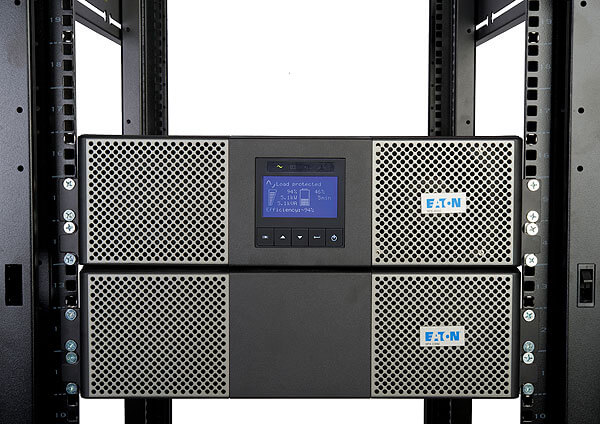

Nationwide Power™ is the leading provider in the critical power supply industry. Our core business is the sales and service of uninterruptible power supplies and UPS batteries, along with supporting other critical power components such as emergency generators, switch gear, and HVAC. We publish critical power related case studies, highlighting best practices and quality standards.
At Nationwide Power, we believe strongly in providing quality service for our customers, and periodically, we try to educate businesses on the value of selecting a qualified service provider.
In this case study, we highlight a service call from a non-contracted customer who needed assistance on several Eaton 9PX systems. The original service provider (not Nationwide Power) incorrectly installed the UPS units, and then became unresponsive post-installation.
| Product | Eaton 9PX |
| Application | Technology Company |
| Synopsis | Nationwide Power was contacted for assistance after a previous service provider improperly installed several 9PX UPS units, causing intermittent system failure. The previous service company became unresponsive post-installation and was either unable or unwilling to provide resolution. A Nationwide Power Critical Power Professional™ (CPP™) arrived on site and discovered that the Eaton 9PX units fed to robot tools upstairs. The robots perform an acid wash for a semiconductor wafer process and were located in a clean room. The customer said that the robot input voltage drops to about 90 Vac, which causes the low-voltage power supplies to drop out (+12, -12, +24, -24, various low voltages used by the robotic equipment to perform their unique functions). The UPS was setup as a 208 in/208 out configuration and they were told by the previous critical power company that they required an output transformer so the robot equipment would not see the voltage drop. The external transformer was configured for a 208 Vac in and a 208 Vac output. The CPP™ noted this as a classic example of the “Single Phase 208 Vac” problem with the “Low Leg (88 Vac from line 1 neutral)”. With over 22+ years of average industry experience, our Critical Power Professionals are among the most experienced in the industry and have completed an extensive and comprehensive training curriculum spanning all major UPS manufacturers. |
| Preliminary Actions | The solution was tested on the first system that was offline, which included switching the output of the transformer to 240Vac single phase (which provided 120Vac from each phase to neutral), configuring input voltage accordingly, and then restarting the system. Once the solution was tested and confirmed, and the UPS system was no longer failing, the solution was applied to the remaining UPS systems. |
| Resolution | Input/output configuration was corrected and, as a result, all UPS systems were fully operational. |
| Root Cause | The root cause of this situation was poor workmanship performed by the original service provider, as the original service provider failed to complete the scope of work for the Eaton 9PX UPS installation. At Nationwide Power, we take the work we do very seriously and place a lot of value on completing projects completely and without error the first time, avoiding any headaches for our customers down the road. Choosing a well-qualified, reputable critical power service provider would have eliminated the need for rework for this customer. |
| Additional Reading | Case Study #138: Powerware 9315 Repair (End-of-Life) |
We are your critical power infrastructure partner!

